Talent Wildfire Symposium Highlights Growth, Preparation
The Almeda Fire was a case where homes were catching other homes on fire, and trees were kind of the innocent bystanders, says Chris Adlam, Oregon State University’s southwest fire specialist. Adlam is one of the experts who spoke at a free symposium on Talent’s wildfire and the urban landscape at an all-day symposium Friday, March 21, in the Camelot Theatre. The emphasis was clearly on community, something we embrace at CRT. For example, Camelot’s manager, Dan Howell, which hosted the event, told me, “We just supplied the facility, the community did the rest.” And indeed they did. For eight a.m. on a cold windy morning in Talent, there were at least 90 attendees, four of whom had lost their homes in the wildfires. What was most impressive about this group was how self-educated and concerned they are. Just on their questions alone it was clear these citizens had done research and the discourse was civil, and positive. The city’s Urban Forestry Committee put the program together with support from the city to explain what happened during the fire and what can be done to reduce future impacts from such a conflagration.
Participants learned more about the fire, how urban plants and trees responded and how to rebuild in a fire-wise and resilient way. “We saw a need to address what we have been witnessing in the rebuilding process. There is a lack of large canopy trees being replanted,” said Mike Oxendine, who is on the committee and was hired as the city’s hazard mitigation coordinator two months ago. “I think that is partially due to people’s fears of what happened during Almeda and some misconceptions,” said Oxendine.
Some are hesitant to put trees back, fearing they may contribute to structures burning in a future fire.Another factor slowing tree replacement, Oxendine says, is the cost of rebuilding. Homeowners are finding greater costs, and landscaping often is one of the last items in reconstruction budgets. “A lot of homeowners are struggling to put in higher-caliber trees,” said Oxendine. He supplied information on grant programs available to help homeowners with planting on their sites.
Re-planting, of course, is singing our tune at CRT. Our Landscaping with Love offers trees and more. In fact, its mission is: “To get local fire survivors’ yards replanted -everything from grass & bulbs to trees & shrubs.” LWL continues, “If you are a fire survivor and need help replanting your yard, let us know!” In addition, as a bit of digression, if you have plants, seeds, trees, etc. that you can donate, are willing to volunteer to help with planning or planting, or want to help with funding, please let Landscape with Love know!
But back to the Symposium.
“The bigger picture to me was how horrific it was to see structures setting other structures on fire and then moving on to the next neighborhood,” said Adlam. By putting in parks and greenways, the flow of fire to neighborhoods can be contained while creating spaces for firefighters to work from, he said. “With a little bit of careful urban planning, we can have healthy forests and healthy urban green spaces without increasing a risk of wildfires,” said Adlam. Another interesting speaker was Rachel Werling, a biologist with Oregon State University Extension Service locally. She talked about native plants for fire-wise landscaping, with a particular emphasis on native plants, which are ideally suited to some of these changing, drought-like climate conditions.
An informative, great session bringing together different parts of the community to work going forward…something more to celebrate here in Talent.
